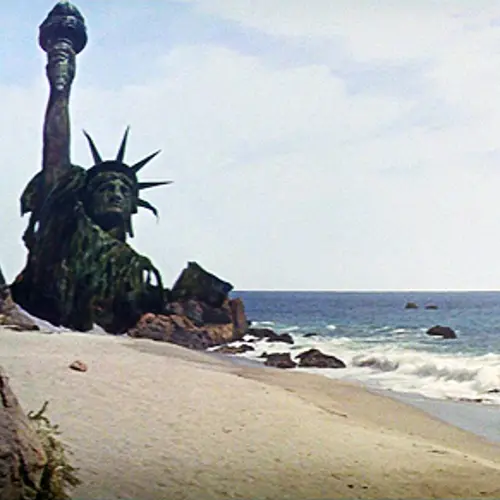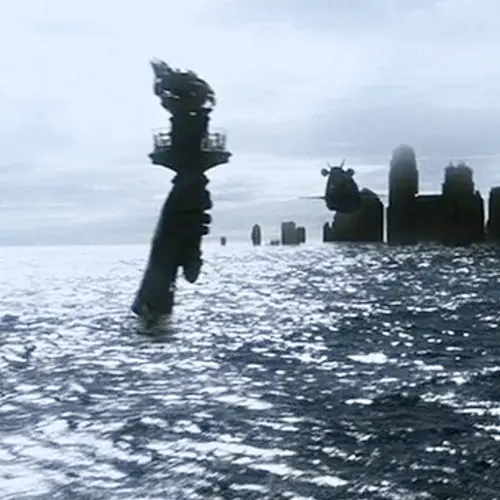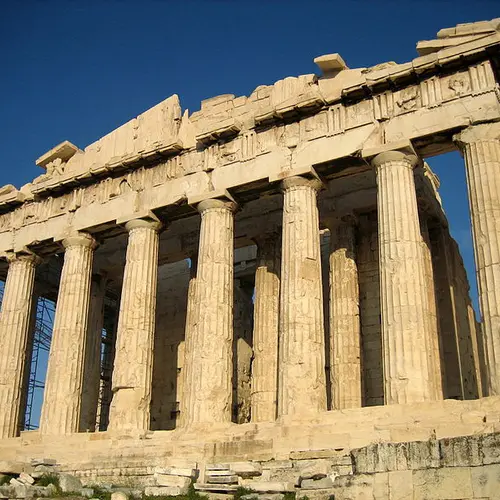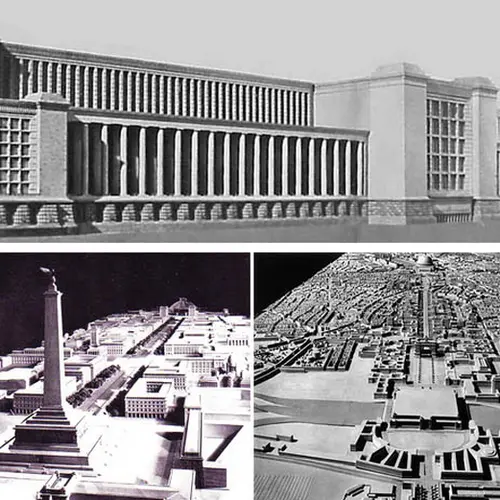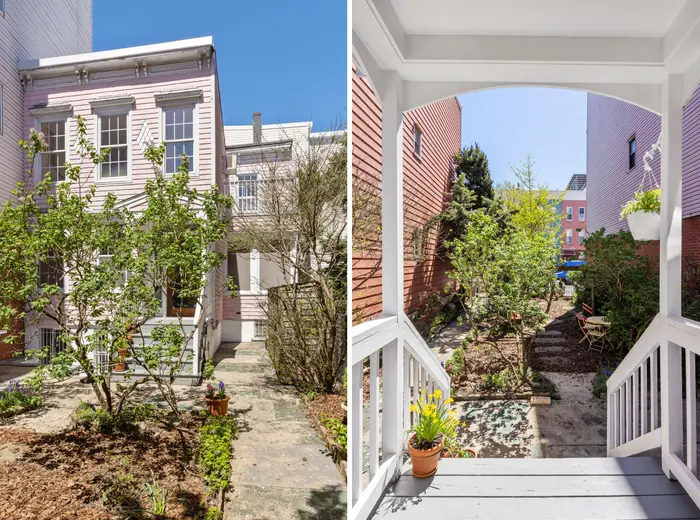Before There was ‘Ruin Porn’ There was ‘Ruin Value’
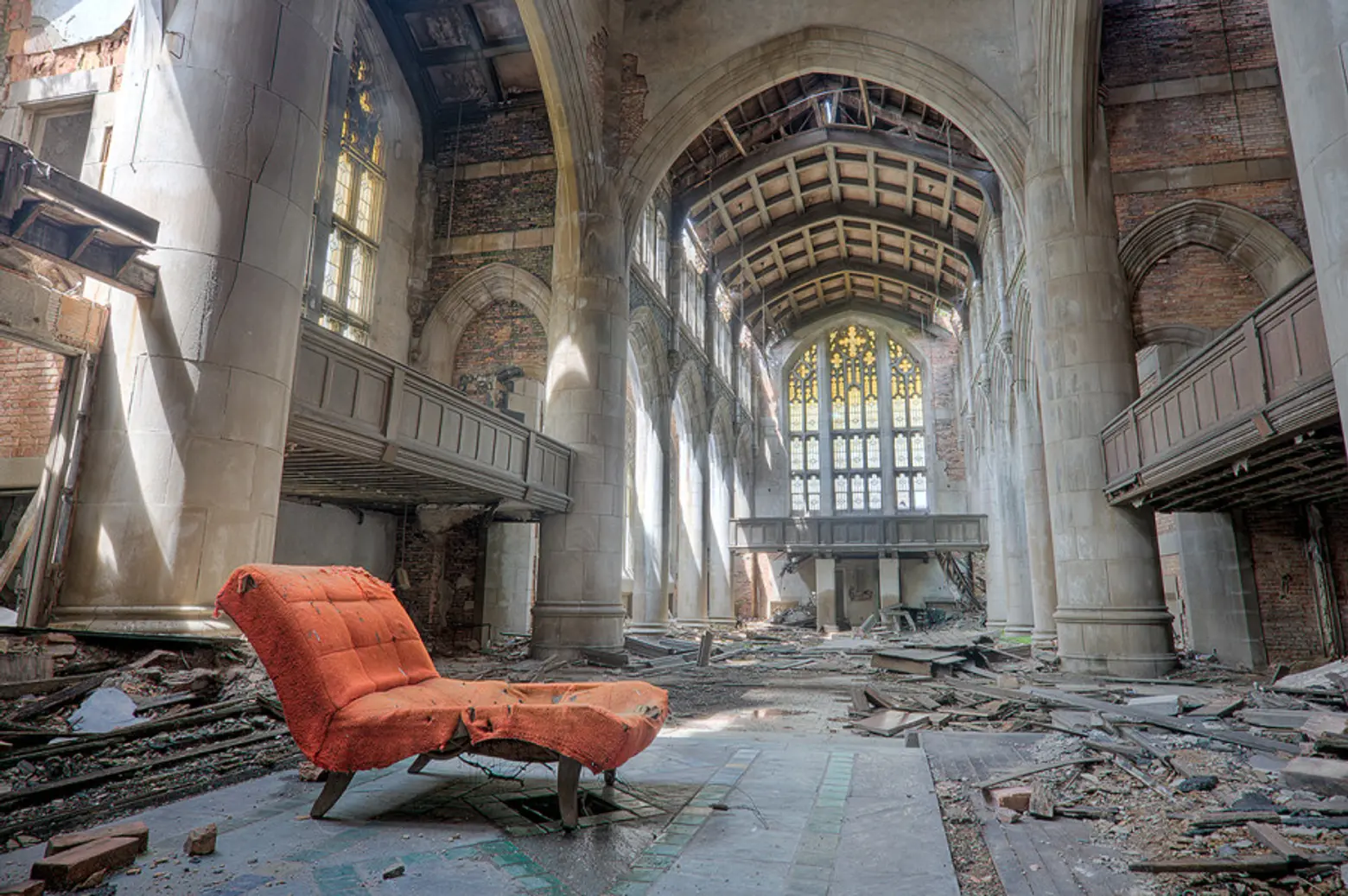
In the internet hierarchy of “things the internets like”, we’d argue that ruin porn sits wedged somewhere between Buzzfeed quizzes and cats. Images of decaying architecture conjure up unsettling feelings of tragedy and loss, but somehow manage to grip us with its intangible beauty. Whatever the cause for this may be, the thrill and enjoyment we get from looking ruin porn is palpable.
The term ‘ruin porn’ is said to have been coined by blogger James Griffioen during a 2009 interview with Vice magazine in which he criticized photographers who scouted down-trodden Detroit for provocative photos. While ruin porn is the trend at hand, decades before its arrival there was something called ‘ruin value’.
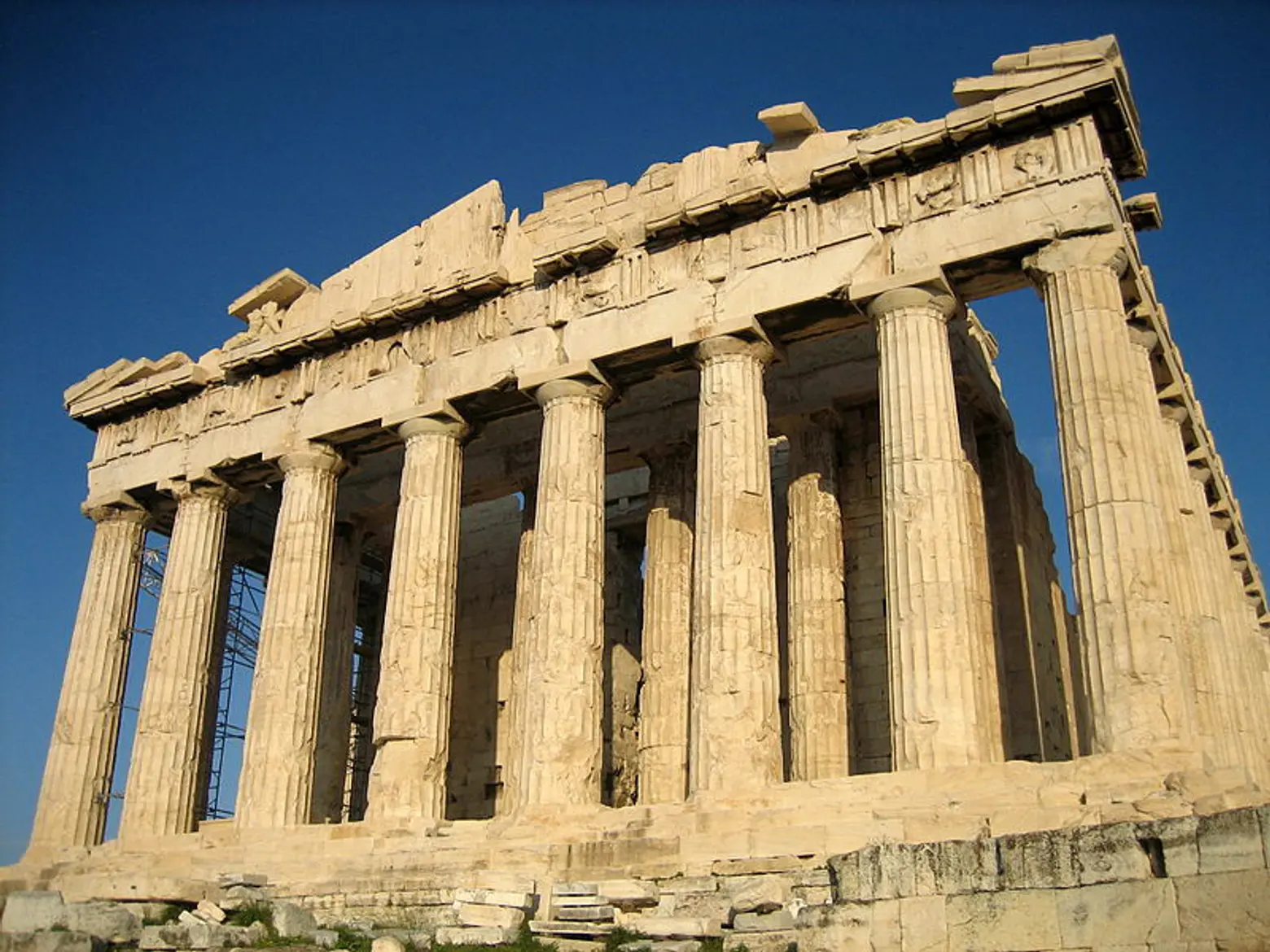
The idea of ruin value was pioneered by German architect Albert Speer as he was planning for the 1936 Summer Olympics. He published an essay titled “The Theory of Ruin Value” that detailed the value of expertly planned and designed buildings that in their decay would behind attractive ruins that would last, through the ages, without any maintenance at all. Though Speer claimed the concept as his own, like ruin porn, a similar idea was popularized previously.
The idea actually dates back to the 18th century when the same aesthetic was romanticized to the point that individuals constructed faux ruins. There was even an instance where a German landgraf commissioned a “new ruined castle”.
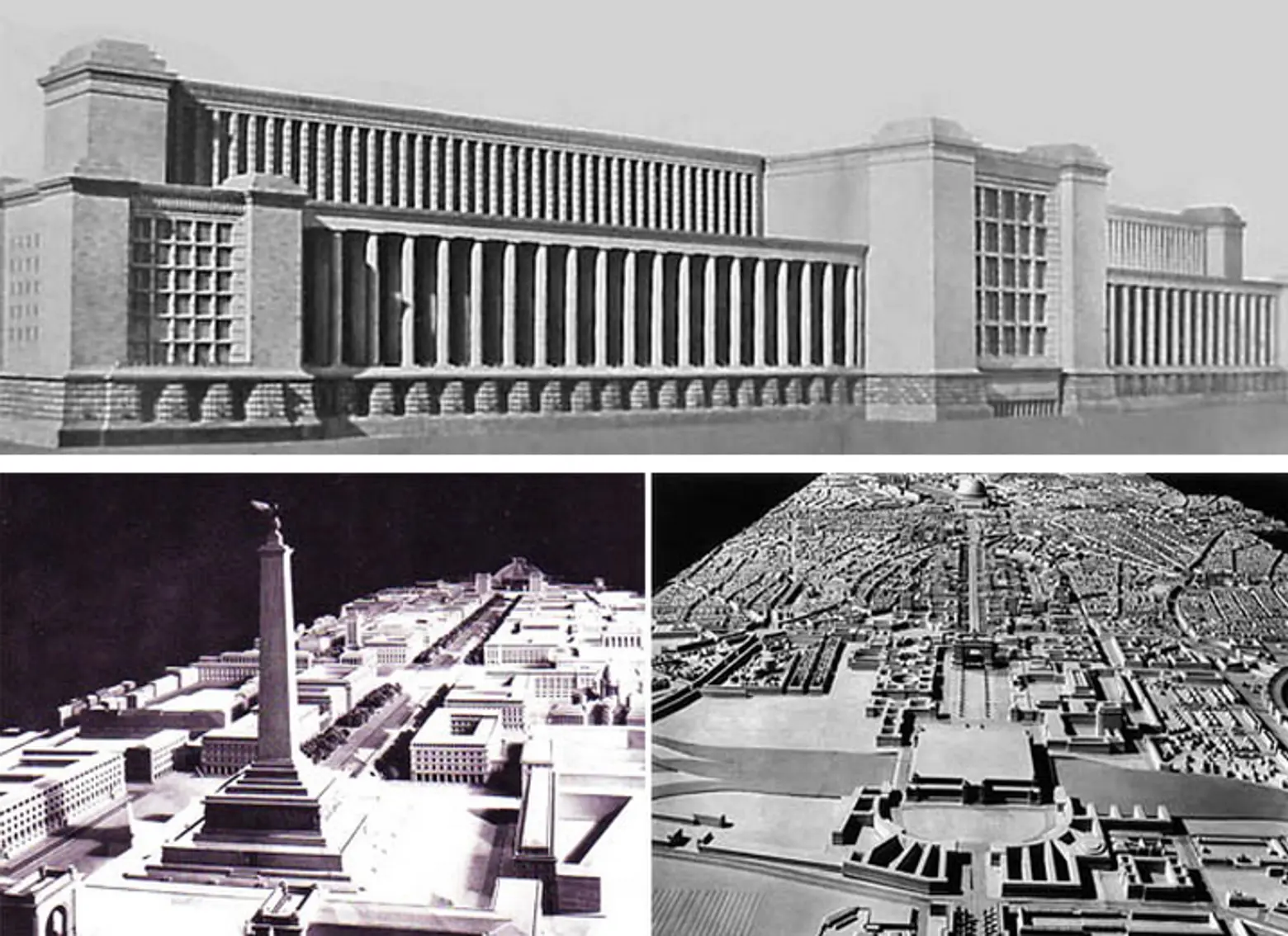 Proposed Nazi architecture which never came to fruition
Proposed Nazi architecture which never came to fruition
A somewhat disturbing revelation is that Adolf Hitler was a strong believer in the idea and even planned his Third Reich architecture with ruin value in mind. He admired what the Greeks and Romans had achieved and believed that their ruins were symbolic of their civilizations’ greatness—and the only true evidence of their existence. Hitler wanted to achieve the same results, and he and Speer even collaborated on the Nazi party rally grounds with Speer as the lead architect.
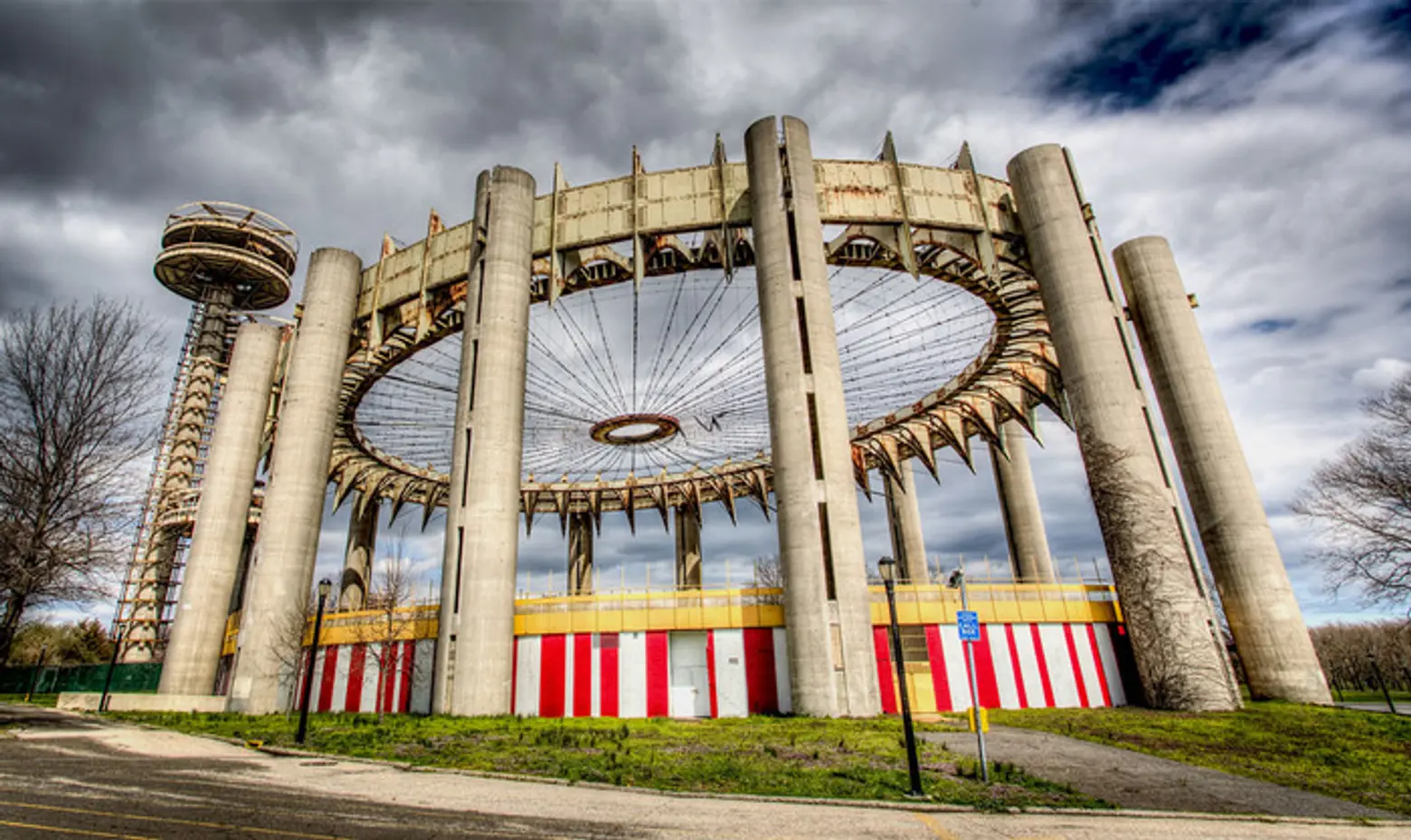 Image: Johnson’s Tent of Tomorrow in Queens
Image: Johnson’s Tent of Tomorrow in Queens
Fascism apart, it’s interesting to consider the New York cityscape which is often lauded as the “greatest city on earth” with some of the world’s most recognizable architecture. What’s our city’s ruin value? With such a rapidly changing urbanscape, do we have any? According to Speer, steel girders and reinforced concrete are not favorable since they fail to decay in an aesthetically pleasing way like natural materials such as stone.
Some have called Phillip Johnson’s 1964 Tent of Tomorrow in Queens a modern ruin, but efforts to restore it to its former World’s Fair grandeur are underway. Today, the increasing popularity of adaptive reuse and urban renewal have caused the idea to fall even further from our minds.
Save for global warming, of course…
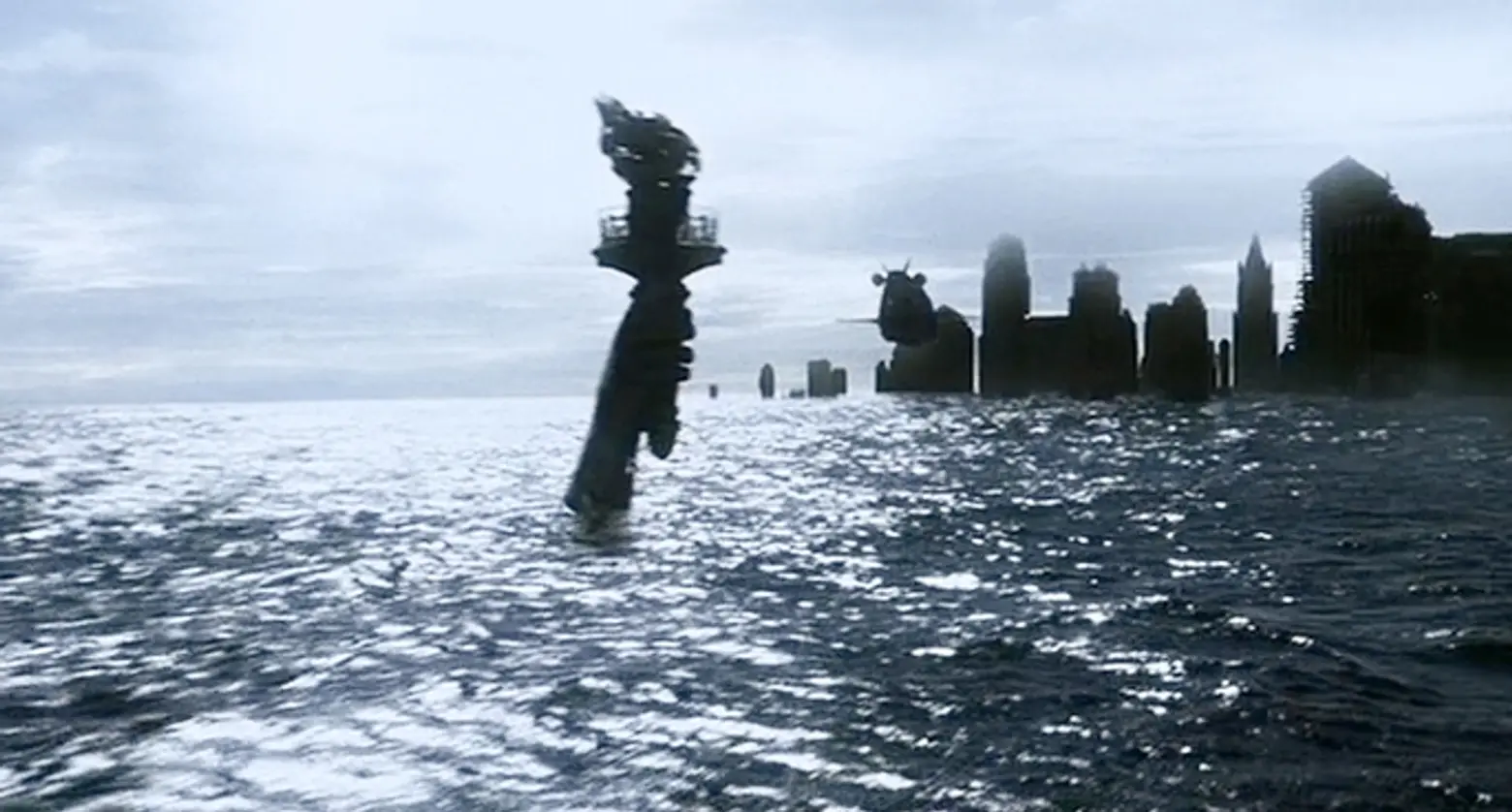 Spielberg/Kubrick’s film A.I. offers up an eerily beautiful view of the city under water with the Statue of Liberty’s torch poking out of the water.
Spielberg/Kubrick’s film A.I. offers up an eerily beautiful view of the city under water with the Statue of Liberty’s torch poking out of the water.
Lead image by Eric Holubow
